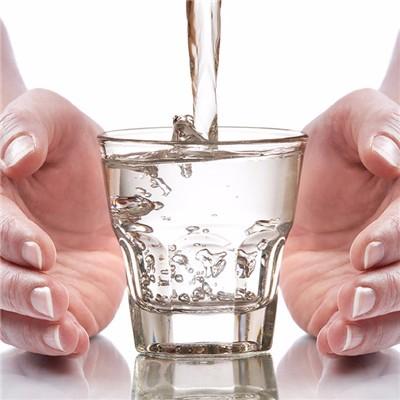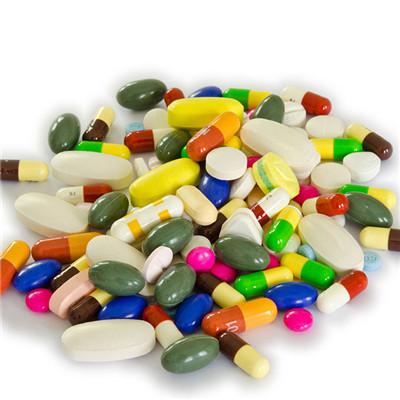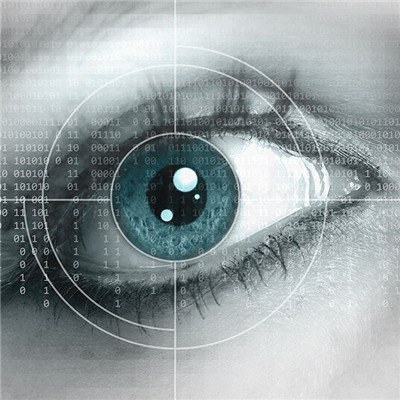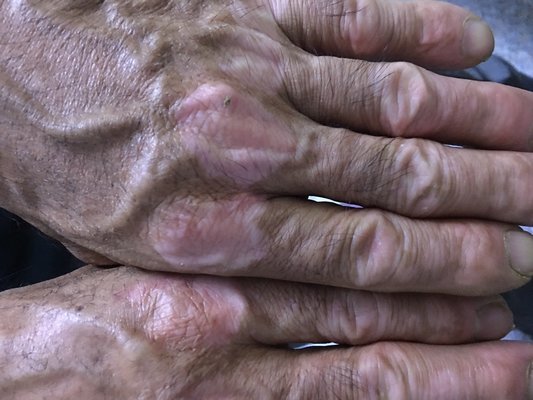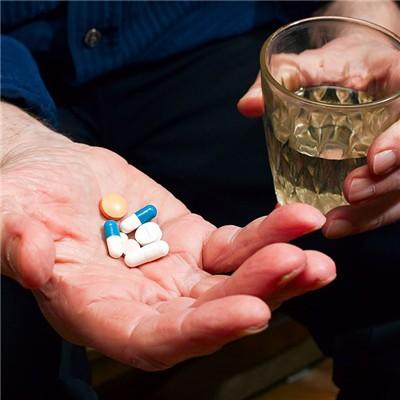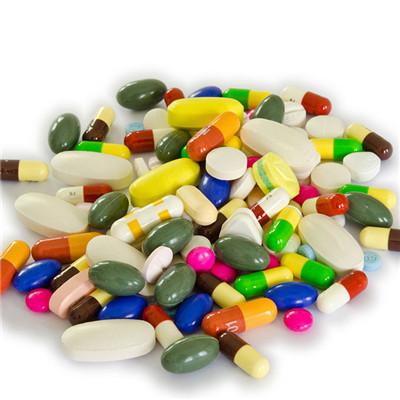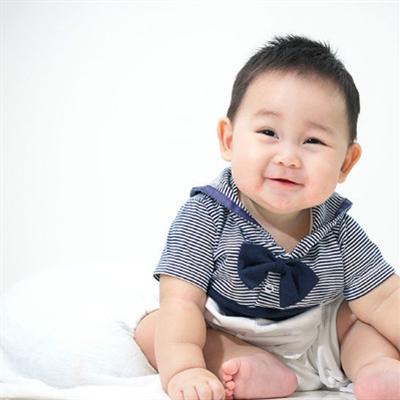Why do children have horse teeth?
summary
There are some yellow and white dots on both sides of the midline of the baby's palate and the edge of the gingiva, which are very similar to the teeth that grow out. This is commonly known as "horse teeth". Horse tooth is not a disease, is a normal physiological phenomenon, will not have a big impact on the baby's growth and development. Why do children have horse teeth? Let's talk about it
Why do children have horse teeth?
At 4-6 weeks of gestation, the tooth plate, the original tissue of the tooth, is formed, and the tooth germ is formed on the tooth plate. Later, the tooth germ breaks away from the tooth plate and grows into a tooth. The broken tooth plate is absorbed and disappears. Sometimes these broken tooth plates form some epithelial cell clusters, in which the central horn turns into epithelial beads, some of which remain in the jaw for a long time, and some of which are excreted and appear on the gum mucosa, It is called "horse tooth".
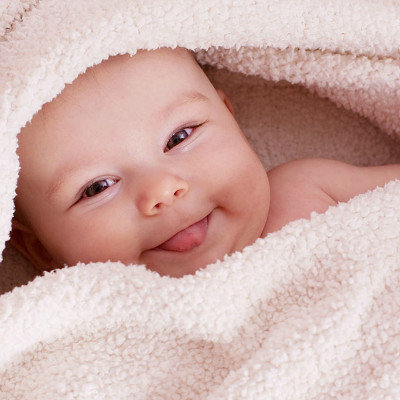
"Horse teeth" generally do not feel uncomfortable. Individual babies may shake their heads, be irritable, bite nipples or even refuse to eat. This is caused by temporary discomfort such as local itching and swelling. Generally, no treatment is needed. Young parents need not worry. With the growth and development of baby's teeth, "horse teeth" will be absorbed or fall off automatically.
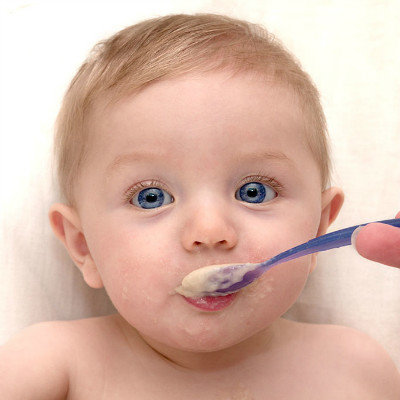
When the baby has horse teeth, baopa and Baoma need not worry too much. Assuming that the size of the horse's teeth is still small, they are usually not allowed to dry. Because of the repeated conflict between the gums and the nipples when sucking breast milk, the "horse's teeth" may encounter repeated conflict and eventually disappear.
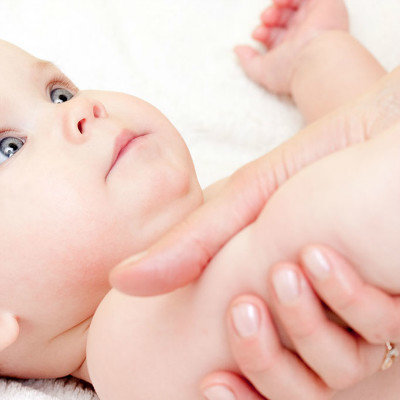
matters needing attention
If the baby's food is too soft, the baby's gums lack of stimulation, not only lead to tooth growth retardation, but also easy to cause teeth are not aligned. Therefore, the mother should adjust the thickness of the food according to the baby's tooth eruption.

